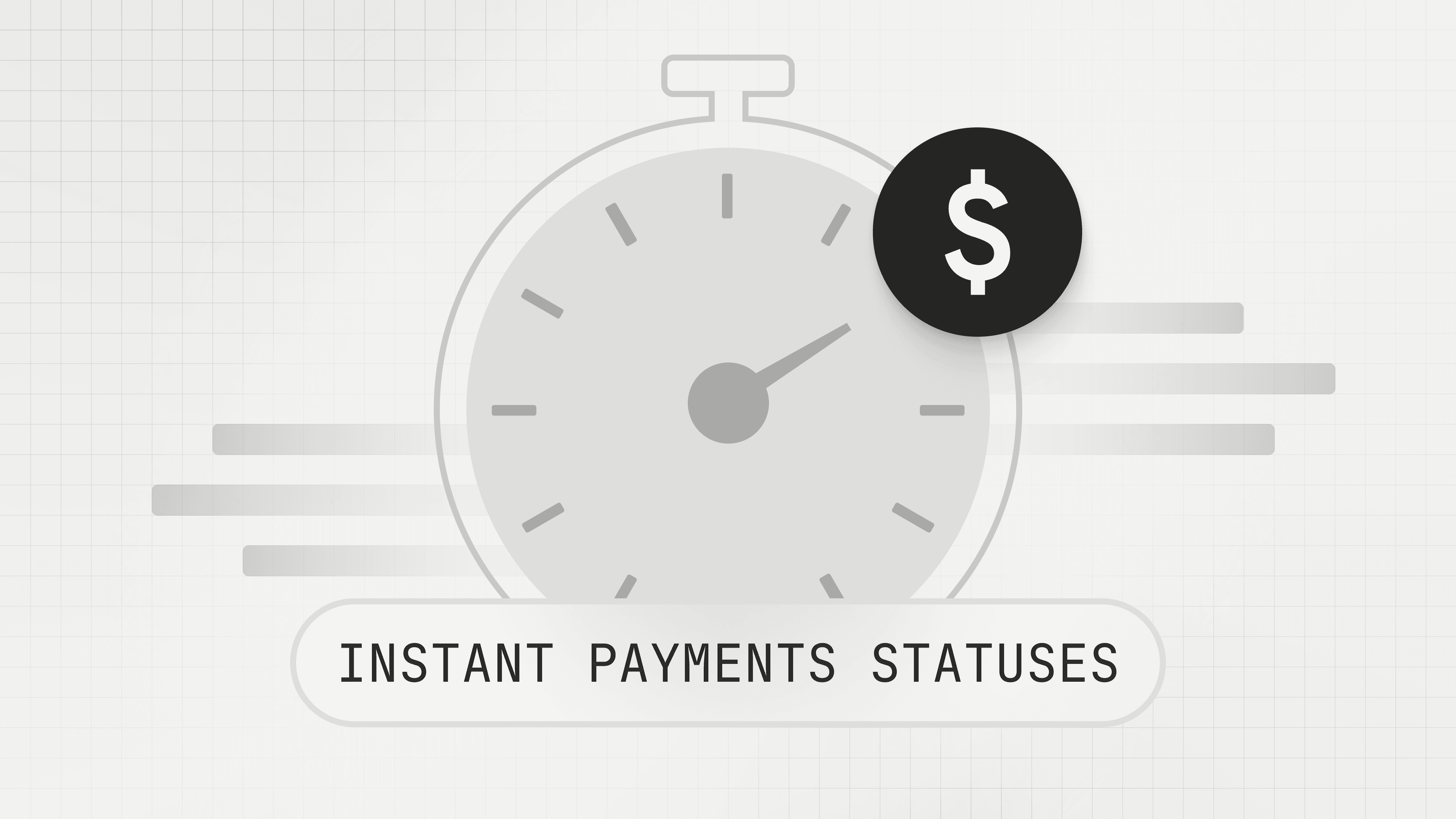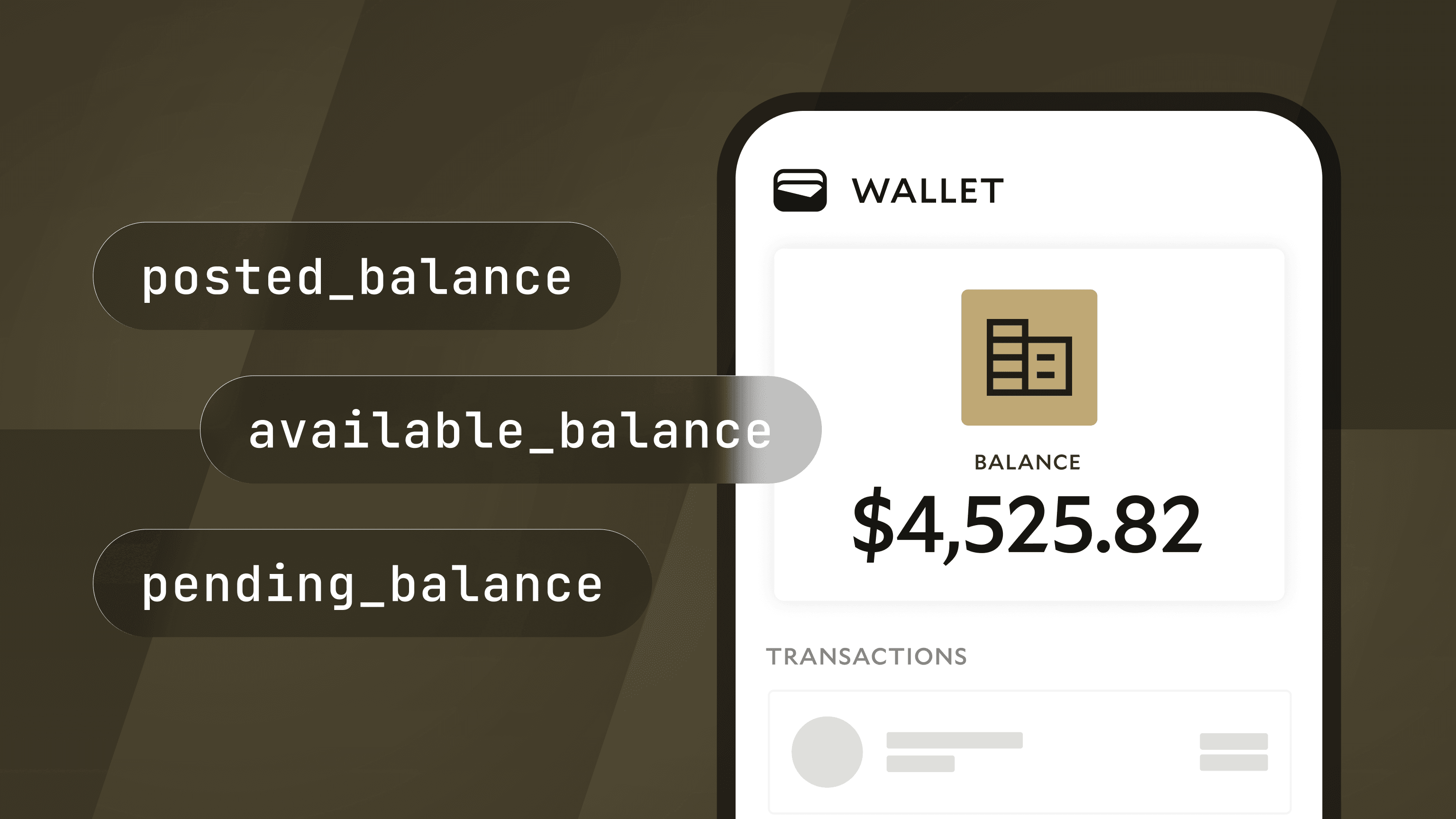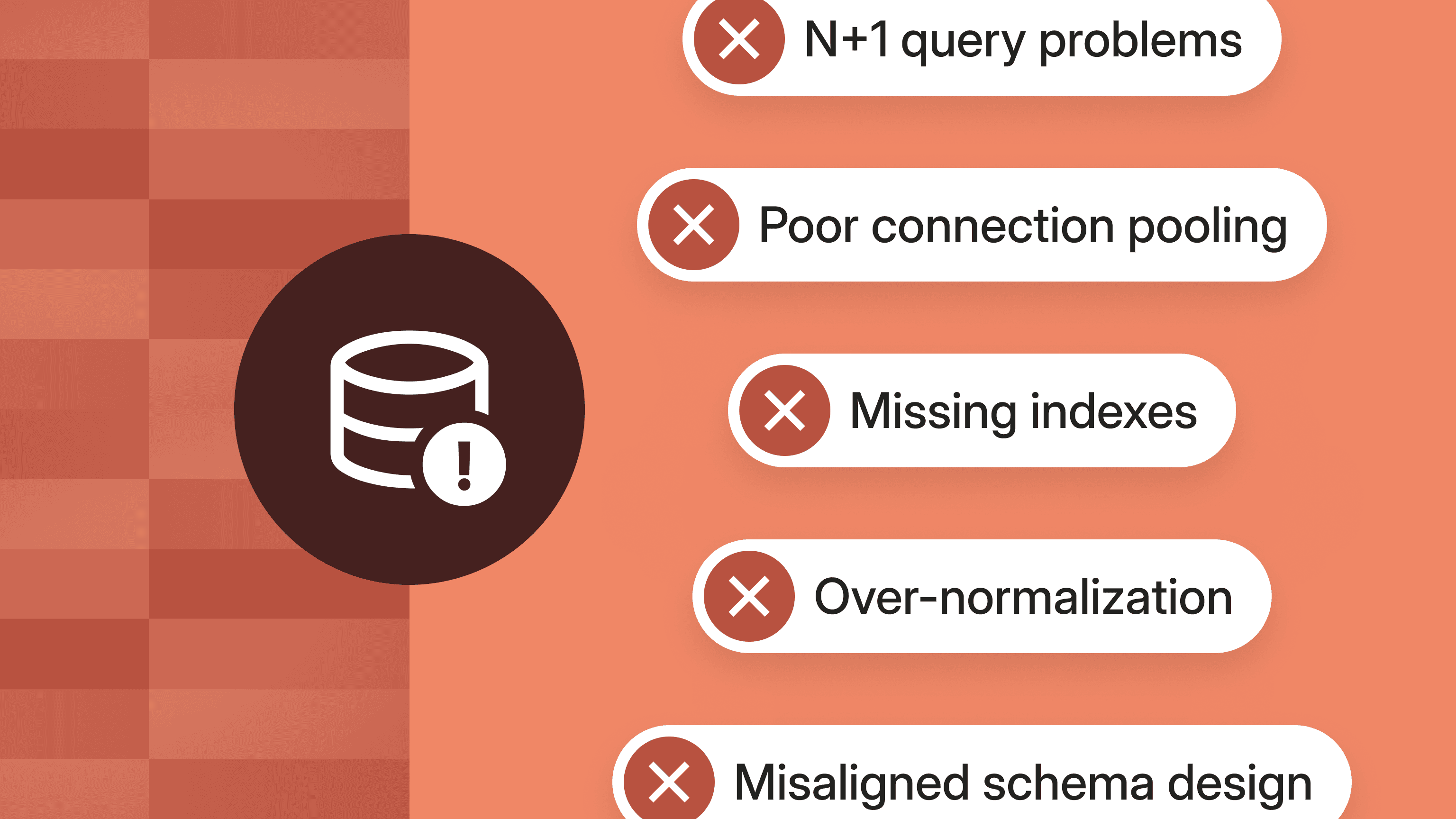Introducing the Modern Treasury MCP Server
Introducing the Modern Treasury Model Context Protocol (MCP) server, enabling new ways of interacting with our API using natural language.

Modern Treasury is excited to introduce the addition of Model Context Protocol (MCP) server support in our TypeScript SDK, enabling new ways of interacting with our API using natural language.
What is MCP?
MCP is an open protocol that standardizes how apps and services can securely communicate context to large language models (LLMs). As the protocol documentation notes, “Think of MCP like a USB-C port for AI applications. Just as USB-C provides a standardized way to connect your devices to various peripherals and accessories, MCP provides a standardized way to connect AI models to different data sources and tools.”

MCP makes it simple for developers to enable conversational interactions between their applications and AI tools, unlocking more intuitive and flexible experiences for users. You can read more about MCP on the protocol documentation.
What can you do with MCP?
Our initial MCP server release is essentially a wrapper around our existing TypeScript SDK, translating conventional API calls into tools that meet the protocol spec. The server configuration is automatically generated with our SDK releases, making all Modern Treasury API endpoints available for natural-language interaction and opening up endless possibilities for what you can build.
Tool Examples
| API Endpoint | API Endpoint Name | MCP Server Tool Name |
|---|---|---|
/api/expected_payments | Create Expected Payment | create_expected_payments |
/api/internal_accounts | List Internal Accounts | list_internal_accounts |
/api/counterparties | List Counterparties | list_counterparties |
/api/payment_orders | Create Payment Order | create_payment_orders |
The full list of available tools can be found on our TypeScript SDK documentation.
How do you use MCP servers?
Currently, you configure AI tools (MCP clients) to use MCP servers. Once the client is configured, the client’s AI agent will have access to all of the tools made available on the server. When you instruct the agent to perform tasks, it can use tools to perform operations.
Example MCP clients:
- Claude desktop (AI chat interface)
- Visual Studio Code (code editor)
- Cursor (code editor)
Example workflow with MCP
Here’s a basic example of using Claude’s desktop chat application to create an expected payment in Modern Treasury.

As you can see, we used natural language to tell the AI about our expected payment. The AI understood the prompt and was able to create a new counterparty and expected payment using Modern Treasury’s tools. Now that we’ve created an expected payment, Modern Treasury will handle automatically reconciling John’s check when it clears.
Most AI tools allow you to preload instructions, context, communication styles, and more. You can create an infinite number of payment workflows with these types of tools.
Getting started
If you already have a client, consult their documentation to install and configure the MCP server. Our server is published on NPM under the modern-treasury-mcp package name.
For clients with a JSON configuration, the configuration might look something like this:
For advanced server use or more flexibility, you can import Modern Treasury’s tools and server individually. See our MCP server documentation for more information.
We’re excited to see how MCP will enable more agentic payment workflows. If you have any questions, our team is here to help.








